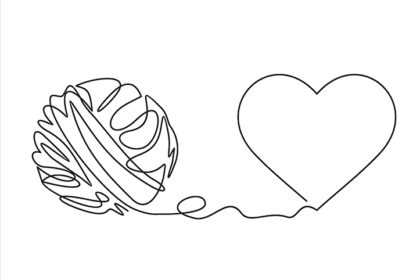I’m going to be completely honest. I’m terrified to write this article. Even just the title, communication differences between genders, seems poorly worded. (I’ve been wracking my brain for a better title, but this is the best I got.) Gendered communication is a specialized area that focuses on how men and women communicate differently. Still, it’s more complicated and nuisance with the changing definition of gender. And while it might seem stereotypical or general to talk about how a whole group of people communicates in one way compared to another group, understanding gender biases can help highlight misunderstandings and miscommunications we wouldn’t even realize were there.
Gender bias
Communication isn’t only about what you say but how you say it. Suppose you think communication is only about what you say. In that case, you don’t understand why there are some behaviors that men do that women can find creepy from one guy and not creepy from another. Understanding gender bias and how the genders communicate in a very generalized sense can help avoid those creepy or weird moments that you may not be intending.
Here is an article written by Deborah Tannen from the Harvard Business Review that does a better job of explaining everything than I could ever do.
Nonverbal communication
The greatest example of nonverbal communication for men is “the nod.” Picture this, a guy is walking down the street and makes eye contact with another guy. What is the appropriate response? If it is a friend or someone you are close to, you nod your head up. It’s like saying “what’s up” without actually having to say it. If it’s a stranger close in age that seems cool, you can also nod up, but that’s an in-the-moment judgment call. If it’s a stranger or someone you know older than you (think authority figure or someone you respect like a grandfather or a principal), you nod down. Don’t ask me where I learned this because I don’t know. It’s just a sort of intrinsic knowledge like knowing to leave an empty urinal between you and another person in the bathroom. It just is.
Examples and generalizations
- In conversation, men nod in agreement while women nod as an affirmation that they are listening.
- Women are more intent on keeping eye contact during communication to show engagement with the speaker. At the same time, men are more likely to avoid it altogether. (Ever have a guy close his eyes while listening to you?)
- Men use touch as a tool for dominance. (Toxic masculinity working in subtle ways.) Whereas women are more inclined to use touch to reassure the one speaking or to build a connection to them.
And this sort of nonverbal communication highlights the different types of talk between genders.
Types of talk
There is a generalized theory that women are inclined to “rapport talk” and men to “report talk.” Still, it’s just a way for us to label the way the genders approach communication and the sort of intent behind it.
Rapport talk states the idea of building a rapport with someone as its intention. Communication is fundamental to understanding the feelings and emotions of someone and building a connection through that conversation. It takes the stereotype that “all women are emotional” and breaks down why men believe the statement it’s true. It’s not that all women are emotional. They just don’t ignore the emotional part of being human. (Who knew that accounting for emotions in yourself and others was healthy?)
Report talk is all about exchanging information. It’s about power (insert The Rock’s rap lyrics here) and status. It’s why toxic masculinity is such a problem. (On top of an array of other reasons.) But men ignore the emotions and stick to the facts. It’s why a significant other might want to vent about something to their boyfriend or husband, and their initial reaction is to fix the problem or come up with solutions. And the more I read about Tannen’s breakdown of communication differences between the genders, the more I think that report talk is why men love to play devil’s advocate so much. (Much to the chagrin of everyone else in earshot.)
Communication is key
I can best break down why knowing how others communicate is so important by using love languages. We stress the idea of knowing your partner’s love language so that you can love them the way they want to be loved, and the same goes for yourself. But it feels like there is a disconnect when it comes to communicating. We should speak to others in the way they will best understand and not how we do. It’s why there are different learning styles for students, and teachers incorporate so many different teaching techniques into one lesson. I’m not saying you have to do this for everyone you meet in life, but being conscious of it and putting in a little effort might go a long way when it counts.





[…] deflection tactic hoping you’ll drop or forget the issue. This can often stem from differences in how men and women communicate. Women may prefer to address issues directly and resolve them in the moment, while some men may […]
[…] This can be especially confusing when gender differences in communication come into play. Men and women often approach conversations in distinct ways, which can lead to misunderstandings and frustration. By learning what she says vs what she means, […]